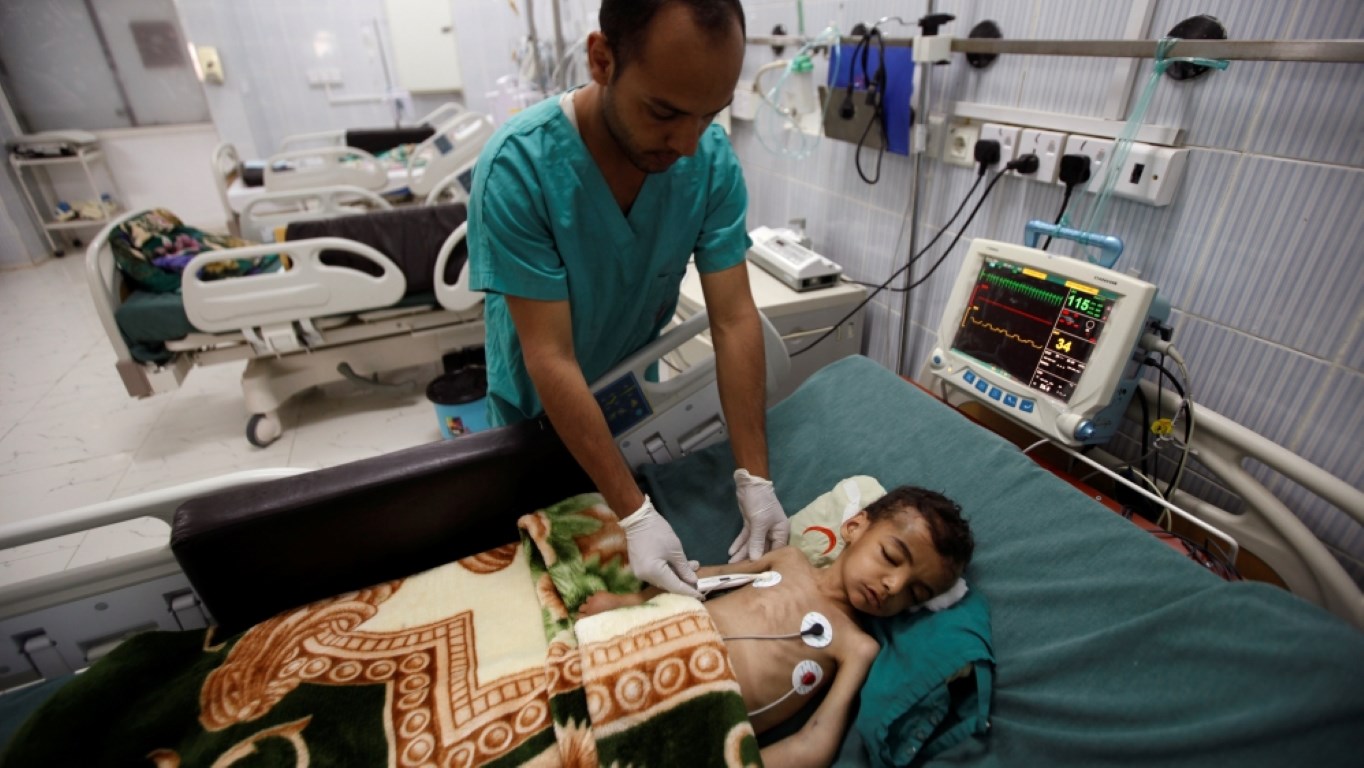Cholera crisis in Yemen
July 5, 2017 | Expert Insights

In the last two months, at least 1,500 people have died due to cholera and more than 246,000 new cases of the disease have been reported in conflict-riven Yemen, the World Health Organisation (WHO) reported. In Sanaa, the number of suspected cases in the country’s second outbreak of cholera in six months has multiplied tenfold.
Saudi Arabian-led intervention in Yemen
A military intervention was launched by Saudi Arabia in 2015, to influence the Civil War in Yemen.
Code-named “Operation Decisive Storm”, it consisted of a bombing campaign on Houthi Rebels. Later there was a naval blockade and the deployment of ground force. The Saudi-led coalition has attacked the positions of the Houthi militia and loyalists of the former President, Ali Abdullah Saleh, supposedly supported by Iran.
A two-year Saudi-led campaign has damaged infrastructure and caused shortage of medicine in one of the most poorest Arab country.
Analysis
The first outbreak of cholera was reported in October 2016. By the month of May the incidents of Cholera had increased by more than three times. Aid organisations had warned last month that an epidemic was in the offing, with almost one person dying from the water-borne infection every hour.
The WHO has reported that the number of suspected cases were at the minimum of 200,000 at the time. A quarter of those killed by the disease are children.
The UN estimates that the country needs minimum of $2.1bn. Donors countries have only pledged to hold the amount till April.
Assessment
Our assessment is that, Cholera, an acute diarrhoeal infection is a result of the ongoing crisis as well as the complete collapse of the hospital system in the country. The disease can be prevented and treated with adequate sanitary conditions and ensuring access to clean water and food. Similar cases of Cholera was reported in conflict ridden countries like Somalia and South Sudan earlier this year.








Comments